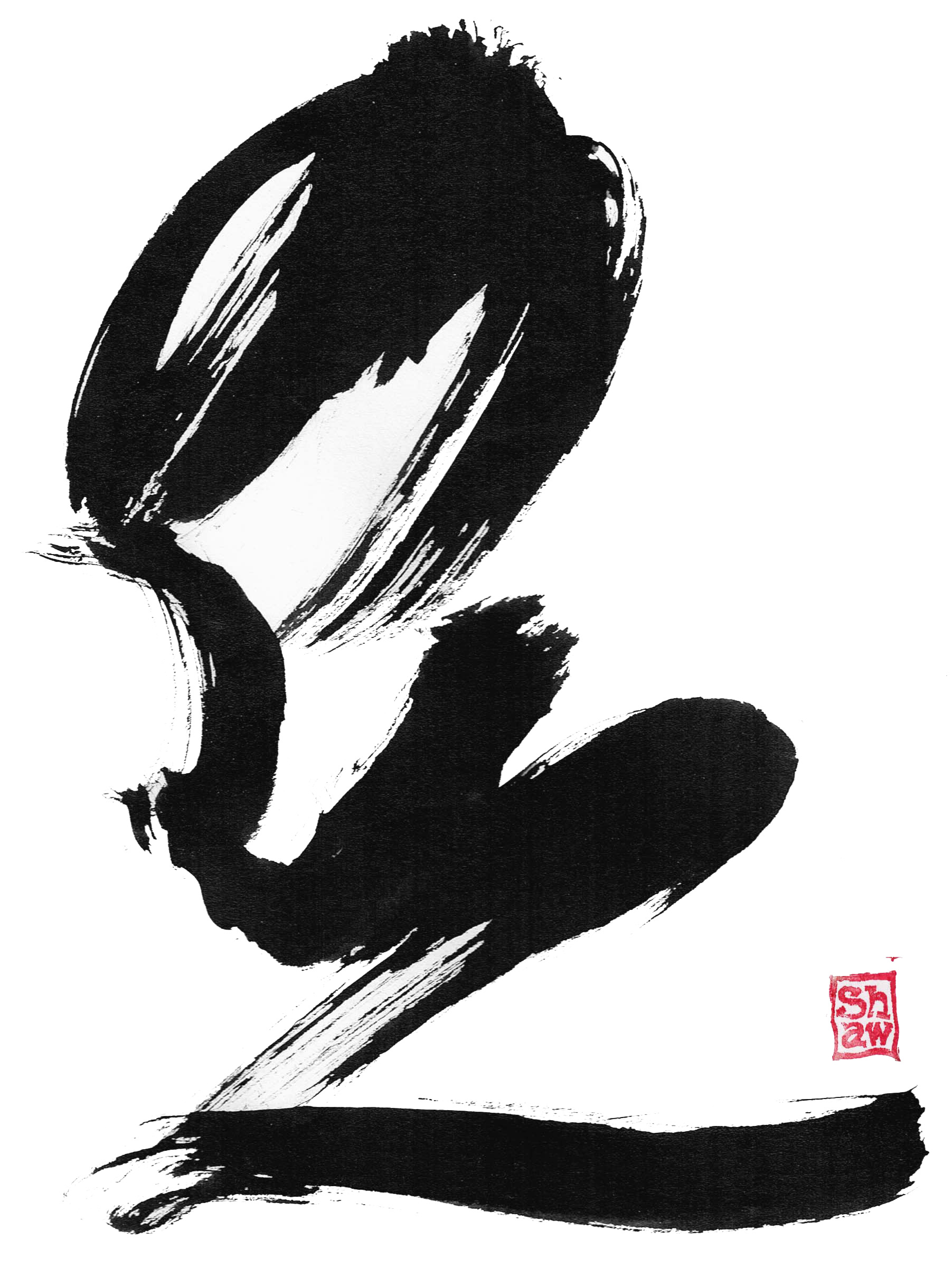Zen Filmmaking and Film Art


Zen Filmmaking and Film Art
By Scott Shaw
The birth of Film Art has been in existence since the inception of the filmmaking process. But, the evolution of filmmaking, specifically geared towards the realms of art, can be traced to the 1960s. At this juncture in history, not only Art, on the whole, spread to the masses, but also psychedelic drugs came to be commonly used. With the new colorful vision, and consciousness altering understandings, that were provided by these drugs, the way filmmakers’ portrayed images and stories on film became influenced.
The second burst of the revolution happened in the 1980s with the birth of widespread music video production. In these music videos, the filmmaker was allowed to leave behind many of the trappings of traditional filmmaking and embrace a truly artistic sense of cinematography—where the outcome of the video was not based upon a structured sense of story and the overall production was not formulated upon expected lighting of the scenes and of the characters. In fact, as music videos began to become an integral part of public viewing, audiences began to accept that a traditional sense of lighting or an expected style of editing was not necessary for film viewing. From this, came a new freedom where the filmmaker was no longer bound by the traditional aspects of the craft. This gave birth to the next generation of independent filmmakers.
What Does This Mean to You?
With Film Art and abstract filmmaking techniques accepted by the film-going public, the filmmaker has now entered into a new sense of freedom in the creation of his production. No longer are there any definitions. No longer are there any rules. You can do anything!
The great outcome that has occurred from this is that no longer are you, the filmmaking, damned to re-filming scenes that were perhaps poorly lighted. Instead, you can simply integrate the uncommon lighting of a scene into the overall presentation of your film and simply allow it to help to define the artistic nature of your movie. And, this is just one example.
In essence, everything is okay. You can do anything you want and present it as Film Art.
For people like myself, who have commonly chosen to edit films in a less than traditional manner, this era in filmmaking has allowed me to continue on a path of creative evolution. This is a path that was not allowed to filmmakers who lived in previous generations.
The Critics
Certainly, each filmmaker who attempts to push the boundaries of Film Art will find critics. There will always be the traditionalist who cannot appreciate or does not comprehend Film Art. But, it is important for you, the filmmaker, to understand that these are small-minded people who criticize everything if it is outside of the norm.
Like I always state, “What is a film critic? With few exceptions, they are people who do not have the talent or the dedication to make a movie.”
With this understanding as a basis, it is essential that you, the filmmaker, continue to push the boundaries of Film Art as you see it and do not let critics, on any level, make you change your vision.
What I also say to those small-minded individuals who do not understand Film Art and attempt to attack my films is, “I’m an artist. I don’t have to rationalize, justify, or defend anything that I do!”
Therefore, stay true to your vision. From this, you will cause the evolution of filmmaking to continue.
Sure, we all like what we like and don’t like what we don’t like. That is life. But, as is the case with all other forms of art, Film Art, stands free from the definitions of, “Like,” and “Dislike.” And, by helping to continue the path of artistic evolution, you are aiding in the overall, ongoing, development of the cinematic arts.
Copyright © 2007—All Rights Reserved